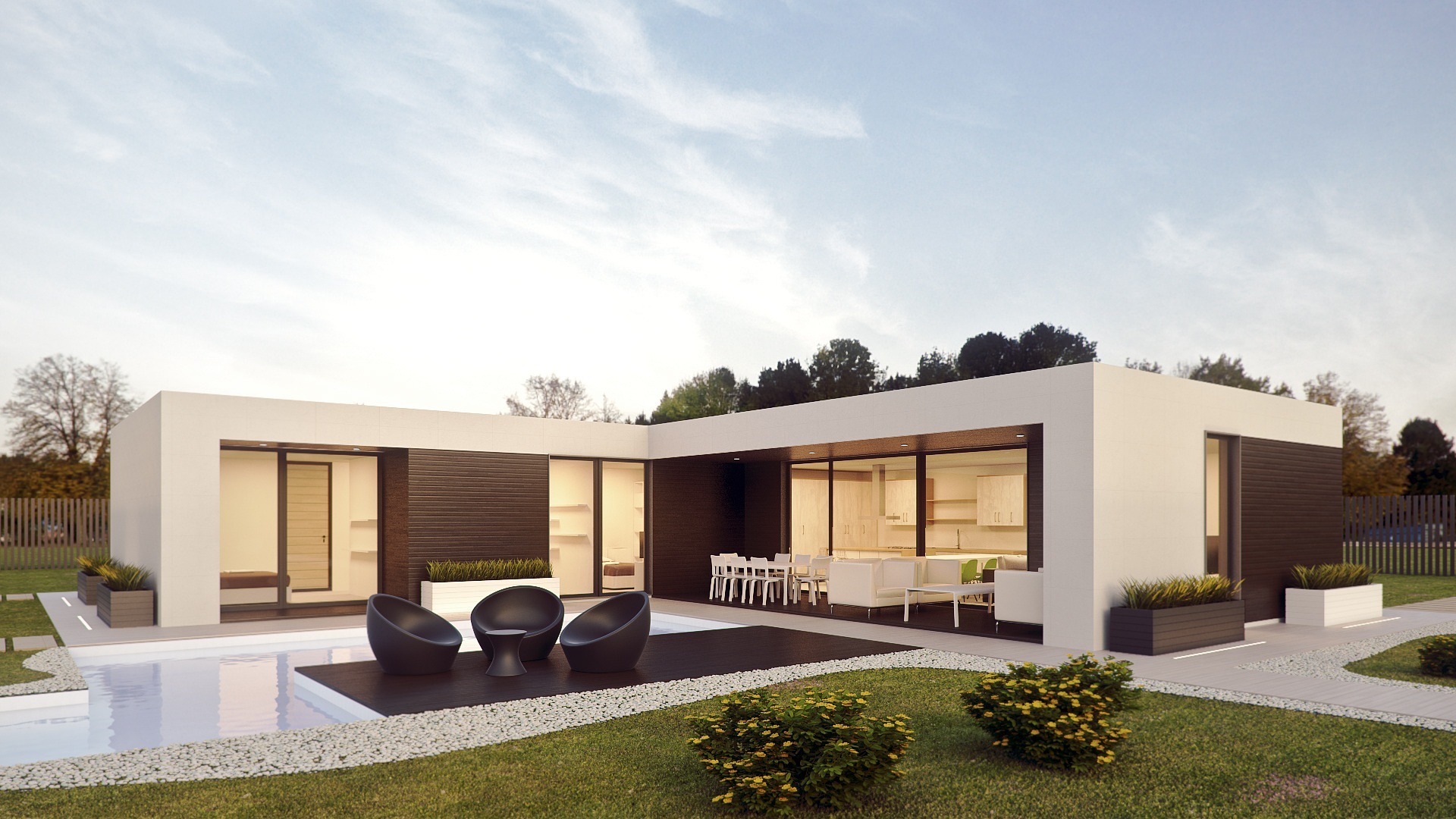The Emergence of Micro Units in Urban Real Estate
The real estate industry is one that is always ripe for innovation, with developers and investors continually looking for novel ways to optimize space and maximize returns. Over the last decade, one such trend that has dramatically transformed urban landscapes is the emergence of micro units. These small yet sophisticated living spaces are reshaping our understanding of what it means to live comfortably and efficiently in the heart of a bustling city.

Micro units, also known as micro-apartments or micro-flats, are small residential units that typically range between 200 to 400 square feet. They began to gain popularity in densely-populated cities like New York and San Francisco where traditional housing is prohibitively expensive for many residents. Their compact nature offers a more affordable entry point into desirable neighborhoods, making them particularly appealing to singles, young professionals, and students.
The Origin and Rise of Micro Units
The concept of micro living is not entirely new. It has its roots in efficiency apartments and single-room occupancy units that were prevalent in the early 20th century. However, it was not until the housing crisis of 2008 and the subsequent economic downturn that the trend of micro units truly took off.
With traditional housing out of reach for many during the recession, developers began to experiment with creating smaller, more affordable units. These micro units offered a solution to housing affordability issues while also catering to the changing lifestyles of urban dwellers, particularly millennials who prioritized location and amenities over size.
Current Market Trends and Financial Insights
Today, the micro unit trend continues to gain traction. According to a report by the Urban Land Institute, the number of micro units in U.S. cities increased by 18% between 2014 to 2016. As urbanization continues to rise, the demand for affordable housing solutions in densely populated areas is expected to grow.
From a financial perspective, micro units offer a compelling return on investment. Despite their smaller size, they often command higher per-square-foot rents compared to traditional apartments. Additionally, their appeal to a broad demographic base, including young professionals, students, and downsizing retirees, ensures a steady rental demand.
Advantages, Challenges, and Potential Impact
Micro units offer a variety of advantages. They provide an affordable housing solution for city dwellers, reduce the environmental impact due to their small size, and foster community living with shared amenities. Moreover, for real estate investors, they offer a higher yield per square foot and the ability to maximize the use of a property.
However, micro units also present certain challenges. They require innovative design solutions to ensure livability, and some cities have zoning laws that restrict the construction of such small units.
The rise of micro units could have a significant impact on the real estate market. They could help alleviate housing shortages in urban centers, shift rental market dynamics, and lead to new investment opportunities.
The Future of Micro Units
With the trends of urbanization and downsizing showing no signs of slowing down, the future of micro units looks promising. As more people look for affordable and sustainable ways to live in cities, micro units will likely continue to be an important part of the urban housing mix.
In conclusion, the emergence of micro units is a testament to the real estate industry’s ability to innovate and adapt. As we move forward, it will be interesting to see how this trend evolves and continues to reshape our urban landscapes.




